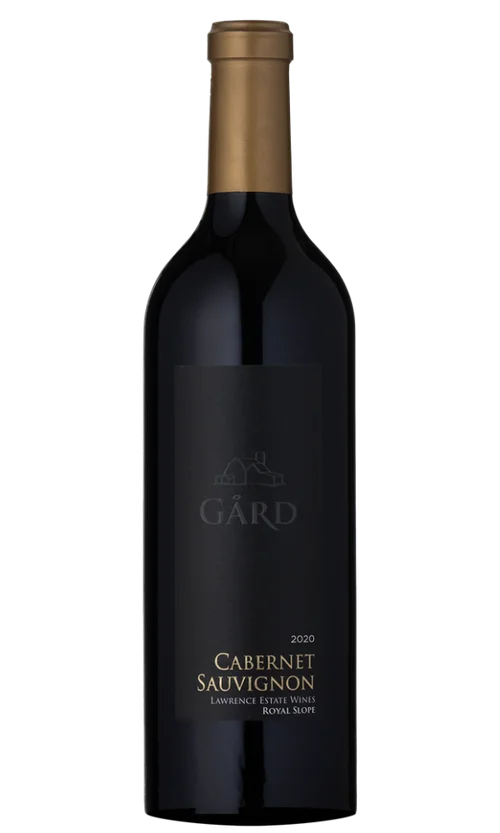About Cabernet Sauvignon

Varietal Facts
Full, tannic wines with notes of blackcurrant and cassis
Overview of Cabernet Sauvignon
Cabernet Sauvignon has been the flagship red grape of the California wine industry for decades, and its popularity shows no sign of abating. Napa Valley is the heart of Cabernet Sauvignon production and is clearly an ideal region for creating world-class wines. If any Cabernet-based wine is capable of giving Bordeaux a run for its money, it's Napa Valley's examples. However, due to the extremely high cost of purchasing and developing vineyards in California, and the cachet of Napa Valley on the label, this has largely become a category for the well-heeled wine lover.
Taste Profile of Cabernet Sauvignon
At their best, Napa Valley's Cabernets are characterized by fruit notes of cassis, black cherry, and licorice and sweet oak notes of chocolate, mocha, cedar, and tar. Today, most of the best wines are aged entirely or almost completely in French oak barrels, which tend to produce somewhat more refined wines than do most American barrels. (These latter barrels often introduce exotic and pungent suggestions of scotch, bourbon, tar, coconut, and dill.) But the use of expensive French oak is no guarantee of a good bottle: too many wines today, due to high crop levels or insufficiently ripe fruit, do not have the stuffing to support their oakiness and can quickly be dominated or even dried out by their wood component. The best California Cabernets mellow and soften with five to ten years of bottle aging, developing more complex and less fruit-dominated notes of tobacco, leather, and earth, with mellower wood tones. Compared to the top Bordeaux, however, many California Cabernet Sauvignons merely endure in bottle rather than truly become more interesting. There are no shortage of quality producers, even if these wines are rarely values. And it remains to be seen if today's outsized showstoppers, made from superripe grapes and undeniably impressive on release, will reward extended bottle aging or will turn out to have been best suited for drinking in their youth.
Cabernet Sauvignon Blends
Many wines labeled Cabernet Sauvignon contain small percentages of other so-called Bordeaux varieties -- chiefly Merlot and Cabernet Franc but also Petit Verdot and even Malbec (varietally labeled wines in California must contain at least 75% of the variety named).
Top Regions Where Cabernet Sauvignon is Produced
Cabernet Sauvignon also flourishes in Washington State, Australia and even Chile. In Washington, prices have been creeping up at the high end, with some producers aiming to compete with cult wines from the Napa Valley. Consider Chateau Ste. Michelle and Woodward Canyon. In Australia, look to the Coonawarra and Margaret River regions. Chile can reveal excellent bargains to those who know where to look: Montes makes a strong range of quality bottlings, as does Casa Lapostolle.
Cabernet Sauvignon Food Pairings
As Cabernet Sauvignon is bold and assertive on the palate, it pairs best with foods like grilled red meats. Taken together, the proteins and fats in the food neutralize some of the stronger tannic qualities of the wine, leading to a harmonic combination that enhances both partners.






















































